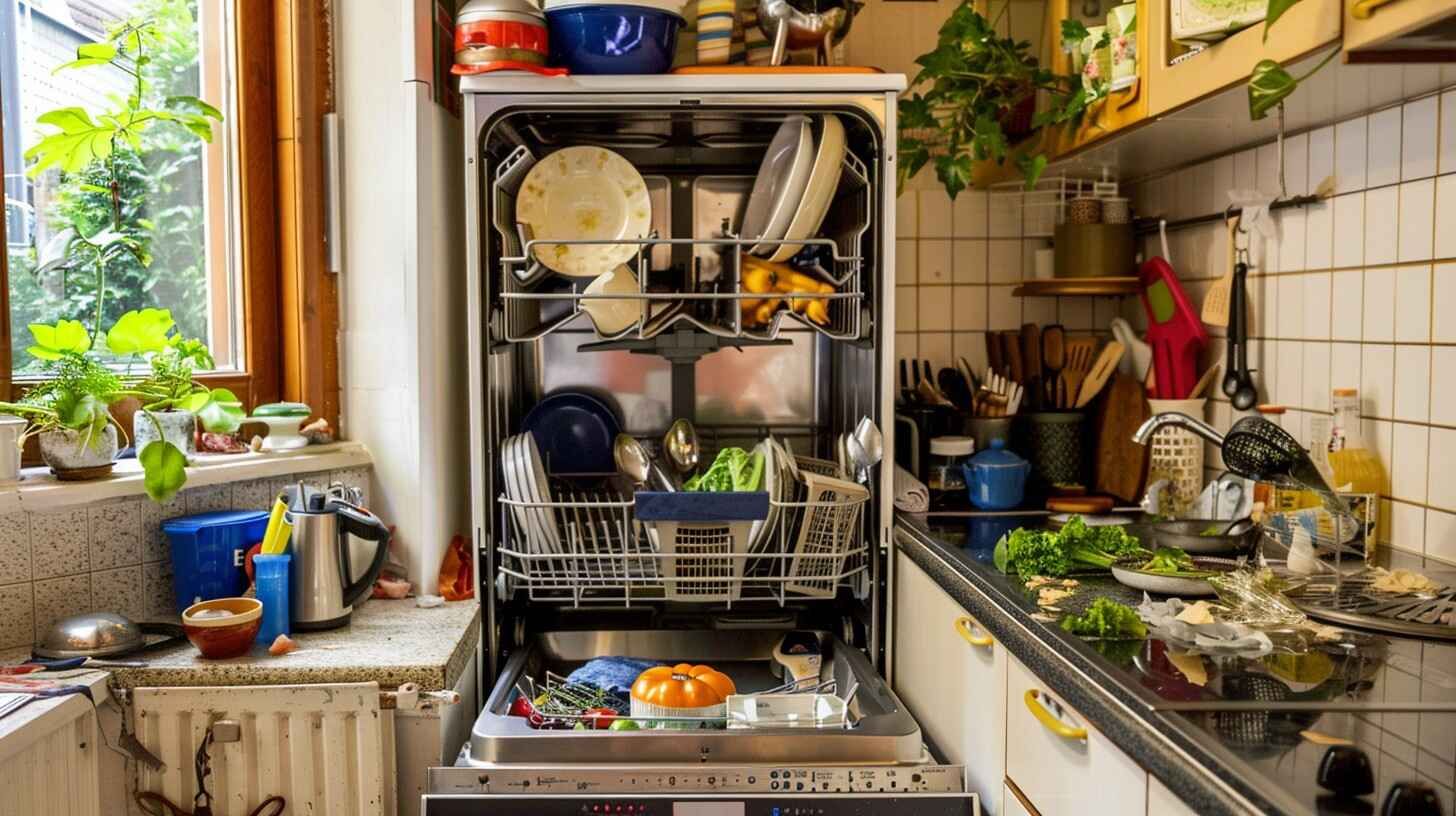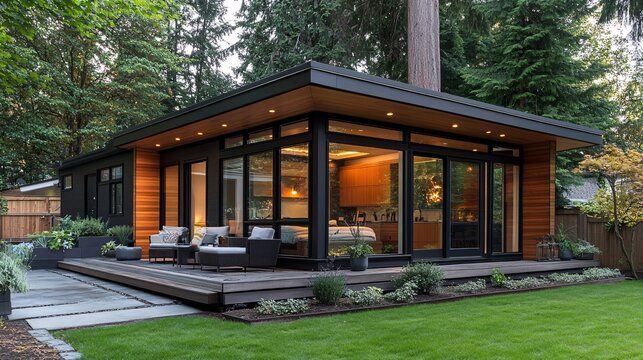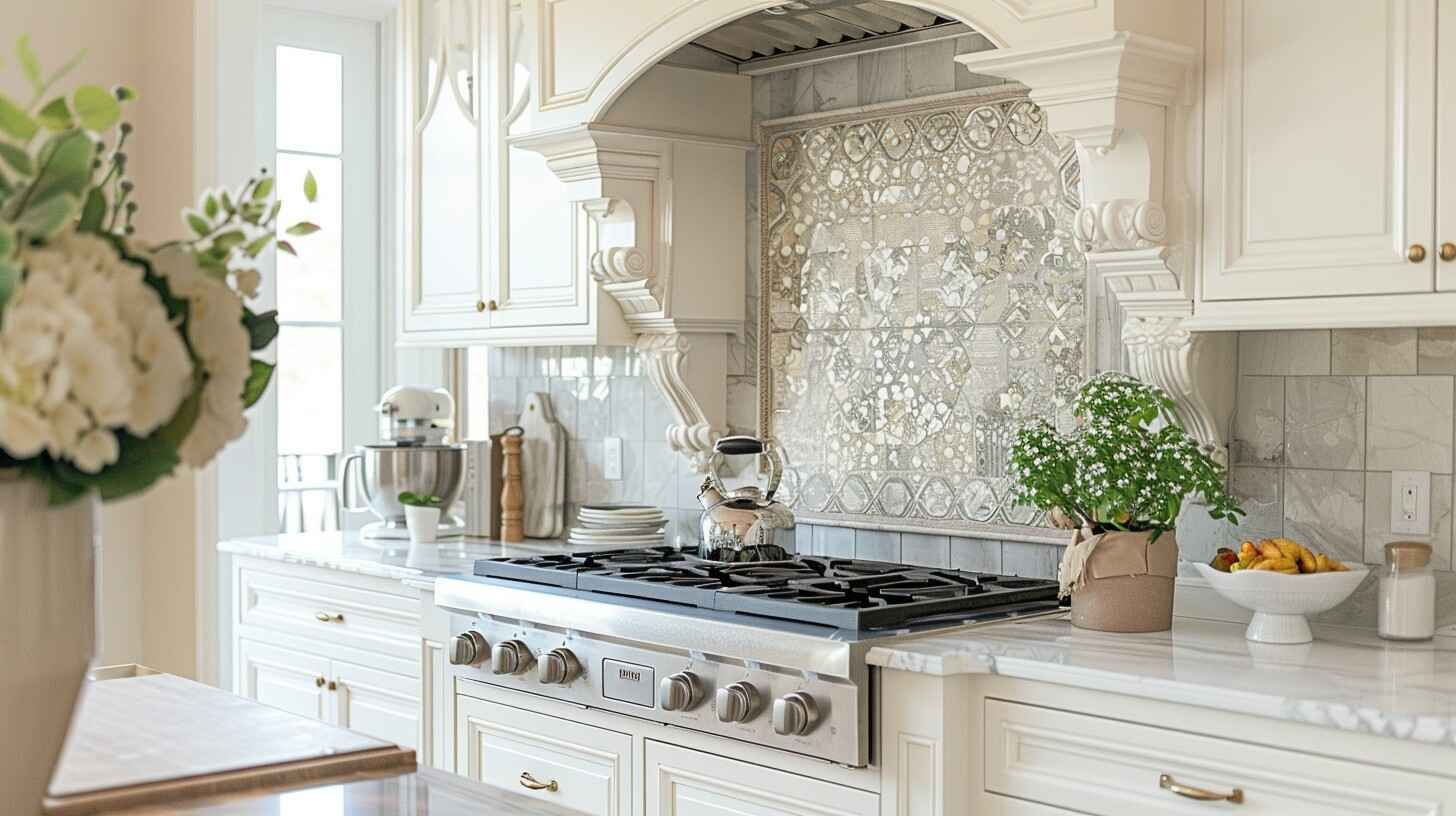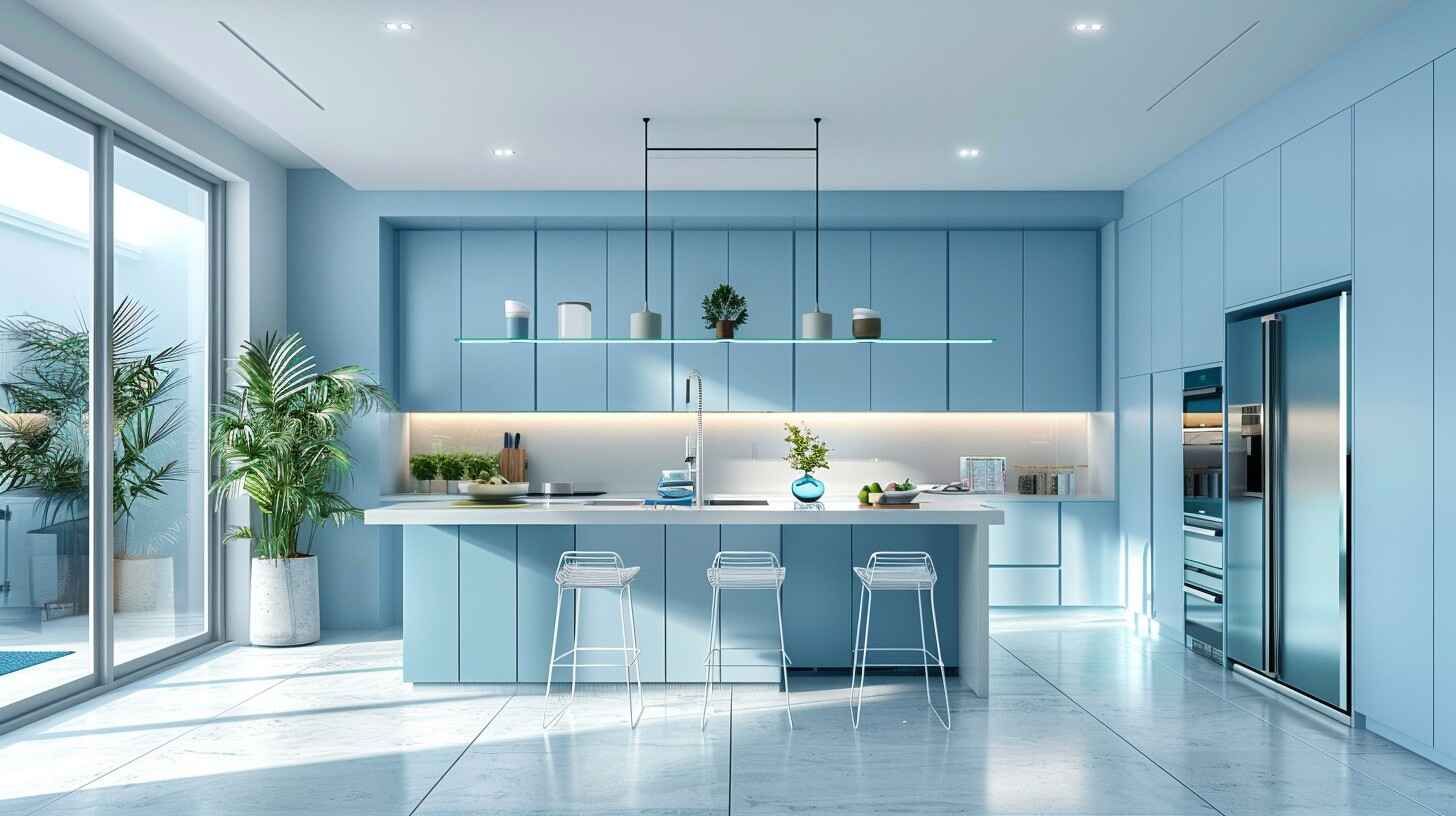Remodeling Ideas For Small Kitchen

Revamp your small kitchen by planning a layout focusing on the work triangle concept. Install compact appliances and use vertical space smartly with tall cabinets. Maximize storage by utilizing pull-out drawers and shelves with hooks for extra space. Upgrade with functional, space-saving appliances like slim refrigerators and under-cabinet lighting. Enhance the aesthetic appeal by using light colors with pops of bold accents and mixing textures. Add focal points with textured backsplashes and maximize natural light. Guarantee efficiency with designated zones for cooking and meal prep. Transform your small kitchen into a stylish and functional space by following these strategic steps. For the best results, consider hiring professional kitchen remodelers to bring your vision to life.
Planning Your Layout
Starting to remodel a small kitchen necessitates detailed planning of the layout to maximize functionality and optimize space utilization. When designing the layout, consider the classic work triangle concept. This concept ensures that the stove, sink, and refrigerator are placed triangularly, allowing efficient movement between these critical areas.
Consider installing compact appliances or opting for built-in options to make the most of limited space. For example, a counter-depth refrigerator can save space and create a streamlined look. Moreover, utilizing vertical space by installing tall cabinets or shelving can help maximize storage without encroaching on valuable floor space.
When planning the layout, consider creating zones for different tasks. To streamline your workflow, designate an area for meal prep, cooking, and cleanup. Strategically placing items such as utensils, pots, and pans near the stove can improve efficiency while cooking.
Maximizing Storage Solutions
Efficiently utilizing every inch of available space is crucial when maximizing storage solutions in a small kitchen. To maximize limited space, consider installing cabinets that reach the ceiling to capitalize on vertical storage. Utilize pull-out drawers and shelves in lower cabinets to optimize accessibility and organization. In addition, incorporating hooks or racks on the backs of cabinet doors can provide extra storage for small items like measuring spoons or kitchen towels.
To optimize corner spaces, consider installing a lazy Susan or a pull-out organizer to ensure nothing gets lost in the depths of cabinets. Magnetic strips on walls or inside cabinet doors can create space to store knives or metal spice containers. For a creative touch, repurpose everyday items like tension rods to create dividers in drawers for baking sheets or cutting boards.
Upgrading Appliances and Fixtures
When contemplating upgrading appliances and fixtures in a small kitchen, it is crucial to prioritize functionality and space-saving design. In a confined space, every inch counts, so selecting compact appliances that offer versatile features can significantly improve the kitchen's efficiency. Opt for slim refrigerators, stackable washer-dryer units, and slide-in ranges to maximize floor space. Search for appliances with sleek designs and integrated handles to create a seamless look that visually expands the kitchen.
For fixtures, consider installing under-cabinet lighting to brighten workspaces and make the kitchen appear more spacious. Replace traditional faucets with space-saving, high-arc models that provide ample clearance for washing dishes and filling pots. Moreover, upgrading to a pull-down sprayer can enhance the sink's functionality without taking up extra space. Choose fixtures in finishes that complement the kitchen's overall aesthetic for a coherent and modern look.
Enhancing Aesthetic Appeal
Strategic use of color and texture can be a transformative approach to enhancing the visual allure of a small kitchen. When working with limited space, light and neutral colors such as soft whites, pale yellows, or light grays can create an illusion of openness and airiness. These colors reflect light, making the kitchen feel more spacious. In addition, incorporating pops of a bold accent color through accessories or a small feature wall can add personality without overwhelming the space.
The texture is pivotal in adding depth and visual interest to a small kitchen. Mixing textures like sleek stainless steel appliances with natural elements such as wood or stone countertops can create a harmonious balance. Consider adding a textured backsplash or patterned tiles to create a focal point in the kitchen.
Moreover, maximizing natural light through strategically placed windows or adding ambient lighting fixtures can enhance the overall aesthetic appeal of the space. Remember, simplicity and harmony are key when enhancing the aesthetic appeal of a small kitchen.
Other Kitchen Remodeling ideas:



